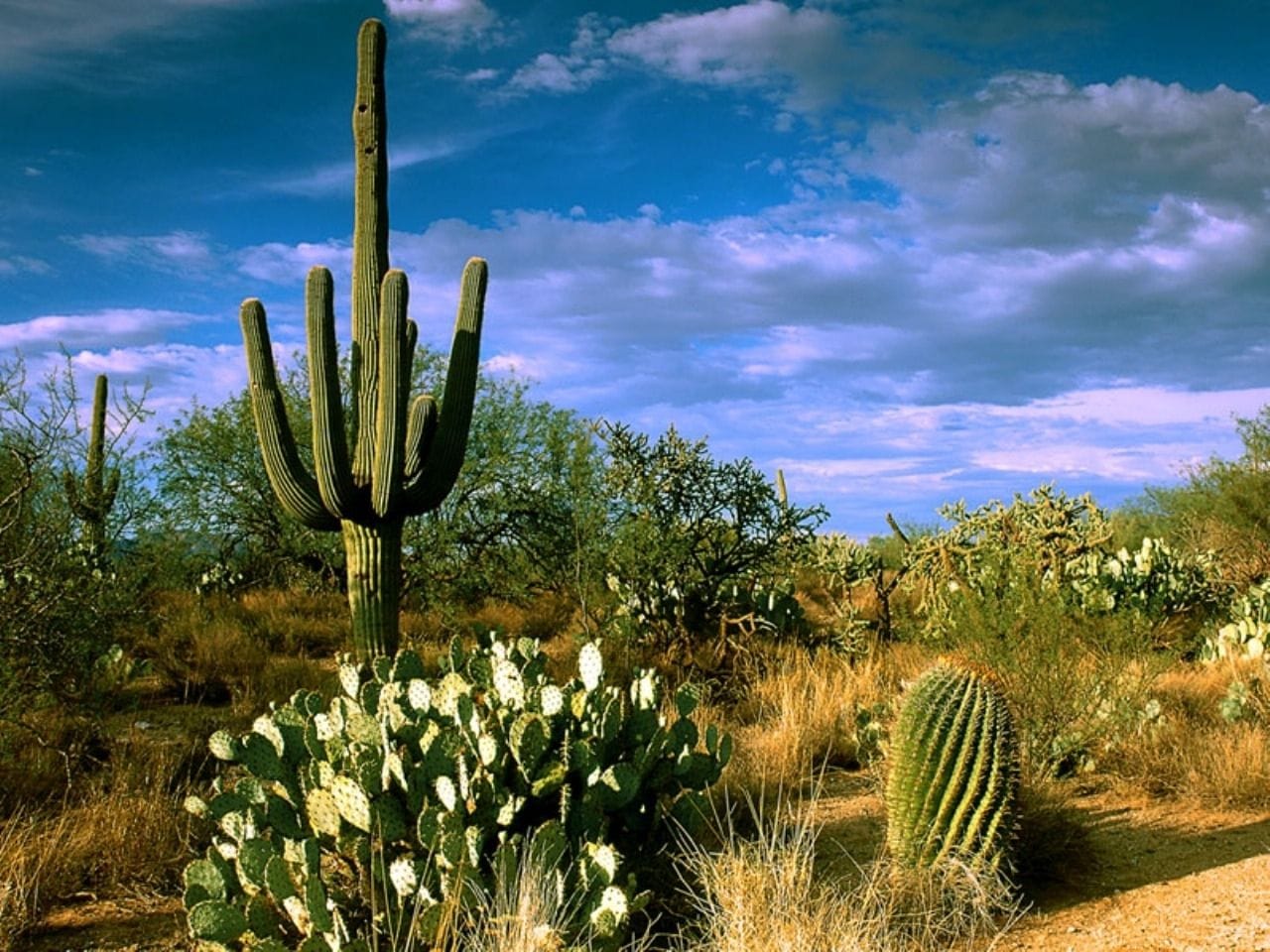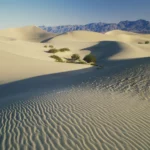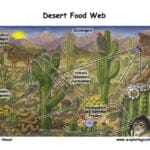Get ready for a desert adventure as we unlock the secret of “Desert Flora” from the New York Times Mini Crossword. The answer? It’s likely those fascinating survivors of the arid world: cacti. But why are cacti such a popular crossword answer, and what makes them such unique residents of the desert? Let’s dive into the intriguing world of desert plants and uncover what makes these prickly wonders so special.
Desert Flora NYT: Cracking the Code of Cacti in Crosswords
You’re confidently working your way through the New York Times crossword, and then you hit a roadblock: a clue about desert flora. Don’t fret! Chances are, the answer lies in the captivating world of cacti. These aren’t your average houseplants; they’re masters of survival, turning the harsh desert into a thriving kingdom. And that’s precisely what makes them crossword gold.
Consider this: cacti are practically synonymous with “desert”. They’ve evolved an arsenal of tricks to handle the scarcity of water and the intense heat. Their thick, fleshy stems act like natural water towers, storing precious moisture for long periods. Then there’s that waxy coating, acting as a natural sealant to prevent any water loss. And who could overlook those iconic spines? They’re not just for defense against hungry animals; those spines also help reflect sunlight, keeping the cactus cool under the scorching desert sun.
When the NYT throws a “desert flora” clue your way, they’re probably hinting at a specific type of cactus. You might encounter the mighty saguaro, standing tall like a sentinel of the desert. Or perhaps it’s the prickly pear, offering up its tasty fruit despite its thorny armor. And who could resist the classic barrel cactus, plump and round, a true icon of arid landscapes?
Each cactus has unique characteristics, making them stand out in the crossword puzzle landscape. The key is to remember: cacti are all about resilience and adaptation. They embody life finding a way, even in the most challenging environments. So, next time “desert flora” has you stumped, take a deep breath, picture those tenacious cacti, and you’ll be well on your way to conquering that NYT Mini challenge.
What is Desert Flora NYT?
We’ve touched upon the hardiness of desert plants, but let’s delve deeper into what makes them so fascinating. Picture this: a landscape where rain is a precious event and the sun beats down relentlessly. You might think, “Nothing could survive there!” But you’d be mistaken! Desert flora, those tough cookies, have developed incredible ways to not only survive but thrive in these extreme conditions.
Think of a cactus – probably the first image that springs to mind when you think “desert,” right? Their thick, fleshy stems aren’t just for looks; they’re like built-in water tanks! These plants have evolved to soak up every drop of rain during those infrequent showers, storing it away for drier times. And those spines? They’re not just for show; they create tiny pockets of shade, helping the plant minimize water loss through transpiration.
But it’s not just about water conservation. Desert plants have become experts at finding food in challenging conditions. Their roots spread out wide and deep, like a network of thirsty straws, searching for even the smallest amount of moisture or nutrients. Some plants even form symbiotic relationships with bacteria and fungi in the soil, acting as miniature gardening partners that help them extract even more nourishment from the ground.
And here’s the remarkable thing – desert plants aren’t just solitary survivors. They’re vital members of a complex and interconnected ecosystem. They provide shade and sustenance for desert animals, and their roots help stabilize the soil, preventing erosion from wind. Talk about teamwork!
Sadly, these resilient survivors face new challenges. Habitat loss, a changing climate, and invasive species all threaten desert plants. This is why it’s crucial to learn more about these amazing plants and protect the fragile ecosystems they call home, ensuring their survival for generations to come.
Types of Desert Flora NYT
When we talk about desert flora appearing in the NYT crossword puzzle, we’re referring to a diverse group of tough plants that have adapted to the desert’s challenges. It’s not just about one type of plant, but an entire team of survivors!
You have your cacti, of course. They’re like the celebrities of the desert plant world, easily conjuring images of the arid landscape. Those thick stems are their secret weapon, allowing them to hold onto water for extended periods. And let’s not forget those spines – they provide a crucial defense mechanism against thirsty animals.
But it’s not all about cacti. Succulents also play a crucial role. They’re like the water hoarders of the desert, storing moisture in their leaves, stems, or even their roots. Think of them as the ultimate preppers of the plant kingdom.
Then you have the desert shrubs. These are the strong, silent types of the desert. They might not be as flashy as cacti, but they’ve developed their own strategies for dealing with water scarcity. Small leaves and deep roots are their survival tactics, helping them conserve every precious drop of water.
And let’s not forget the desert wildflowers! These plants prove that even in the harshest environments, beauty can still flourish. They might only bloom for a short time after it rains, but when they do, they create a breathtaking display of color. Talk about making the most of a good thing!
Scientists are constantly learning new things about desert flora. For instance, did you know that some plants have evolved ways to collect water from fog? There’s always more to discover!
So, the next time you’re tackling an NYT crossword puzzle and encounter a clue hinting at desert flora, remember this – you’re dealing with a fascinating group of plants with incredible survival skills.
Want to know more about the abiotic components that make up a desert? Click here to learn more. Interested in the non-living things that can be found in the desert? Here’s a page that can help you. If you’re fascinated by the animals that live in the desert, here’s a link discussing abiotic animals.
Adaptations of Desert Flora NYT
These incredible adaptations extend beyond water storage. It’s like desert plants have studied the survival guide and taken meticulous notes! For instance, many have become masters of energy conservation. Think about it: would you want to be a leafy green plant baking under the desert sun? Probably not! That’s why many desert plants have evolved to have smaller leaves or even no leaves at all. This minimizes water loss through transpiration. And as if that weren’t enough, they’ve also developed a thick outer layer, acting as a natural sunscreen to protect them from those intense rays.
But wait, there’s more! Desert flora has also become incredibly creative when it comes to defending themselves against hungry herbivores. Some, like our prickly pear friends, have armed themselves with sharp spines that would deter even the most determined grazer. Others, like the clever creosote bush, employ a different tactic: they produce chemicals that make them unpalatable, effectively taking themselves off the menu.
It begs the question, doesn’t it? Scientists are still working tirelessly to uncover the intricate workings of these adaptations. Some theorize that these survival strategies are the culmination of millions of years of evolution, a testament to the incredible power of natural selection. Others are exploring the role of genetic diversity within plant populations, suggesting that the ability to adapt might be passed down through generations.
While there’s still much to learn, one thing is certain: the adaptations of desert flora offer a captivating glimpse into the remarkable diversity of life on Earth. These plants, thriving in some of the planet’s most extreme conditions, serve as a constant reminder of nature’s resilience and the intricate web of life that connects us all. So, the next time you encounter a desert plant, take a moment to appreciate its incredible journey. Its survival is a story written in resilience, told through the language of adaptation, and it’s a story that continues to unfold even today.









